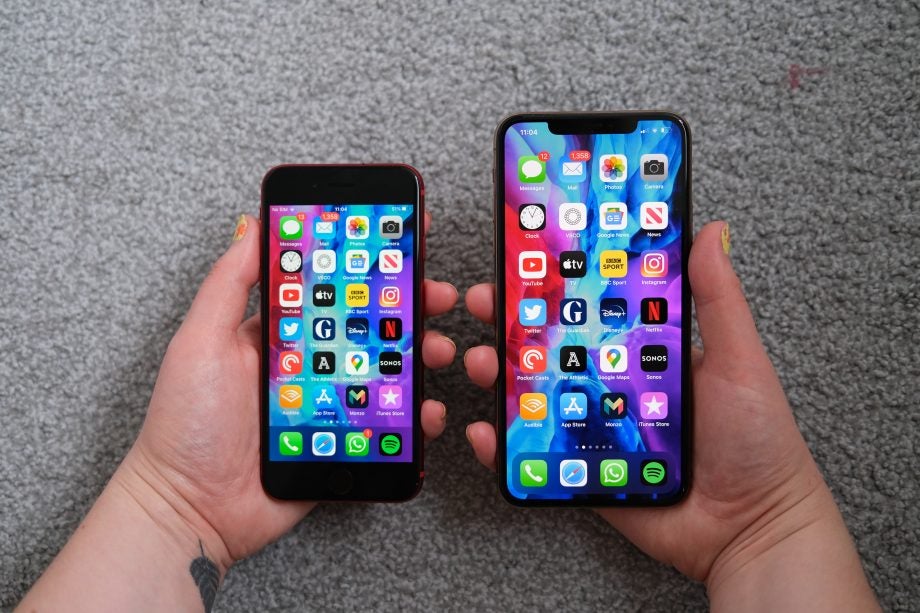OnePlus Z, iPhone SE 2, Pixel 5: Why are big names rushing to make mid-range phones?

OnePlus has just announced that it’s returning to making cheaper phones, and Apple brought out the iPhone SE 2 earlier this year. It’s easy to see why the wallet-friendly crowd-pleasers are popular with buyers, but it’s not so clear why companies have decided to embrace the new marketing strategy.
Well, here’s the simple reason: the companies are just following the market.
“Looking at Western European Smartphone Market in the last 5 years, it is clear that price segments above $600 USD are growing in volumes and even more in value share,” says Marta Pinto, research manager at IDC.
“In 2015 only 31.8% of the devices shipped to Western Europe were in that price point and in 1Q20 that share rose to 40.3% .”
Related: Best mid-range phone
The reason behind that shifting market is a little bit more interesting.
“Growth of mid and low tiers are due to a number of factors that have been much talked about for some time; economic changes impacting consumer spending, and increasing smartphone prices amid a lack of true innovation and differentiation,” explains Jennifer Chan, Global Insight Director for Technology at Kantar.
So as flagships blurred and innovation slowed, we became a bit less bothered about having the latest, most expensive model. Instead it looks like we want something that works well enough and doesn’t cost the same amount as a month’s rent.
Fewer companies are now competing in the top-tier market, and only Apple really makes the bulk of its smartphone revenue from $1000+ phones.
Big name brands also dominate when it comes to mid-range phone sales, but its easier for other companies to step into this segment. “Consumption decision is less driven by brand and more by price point, promotion and specs. Xiaomi and OPPO have been growing their share in the prices between $200 and $600 USD showing that there is demand there,” says Pinto.
There are a few other factors at play here, too. After various government tiffs, Pinto says that Huawei’s popularity is waning in the West, and other brands are trying to fill the mid-range phone gap the company has left behind.
Related: Everything we know about the OnePlus Z
But despite this new focus on mid-rangers, it’s unlikely we’ll see new budget phones and flagship reveals slow down any time soon. Over half of the smartphones shipped in 1Q2020 were priced between $100 and $600, and well within that budget bracket.
“Although in volume share the [budget] segment has been declining over the years is still a relevant market. Specially in very uncertain macro-economic times – it is logic to spread the portfolio across several price points,” says Pinto.
And flagships definitely aren’t going anywhere either.
“In Great Britain, while lower tiers grow there is market polarisation,” says Chan. “In Q1 2020, 15% of smartphones sold were Super Premium, up 3% points year-on-year.”
Chan explains that instead of a reduced output of budget of flagship phones, we’re more likely to see big brands offer broader ranges: “Flagships act as the markers of what “best” looks like and therefore innovation is unlikely to slow down for market leaders like Apple and Samsung. Instead, these brands will continue to pave the way as ‘first to market’ innovators.”
Related: Pixel 5 specs, rumours and price
Let’s hope they can come up with a clearer way of distinguishing between the phone tiers though, as right now it’s hard to keep the SE, XRs and Galaxy A series all clearly separated from one another.


